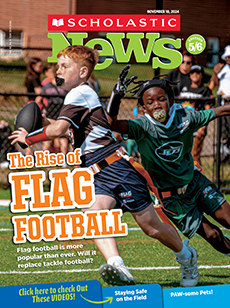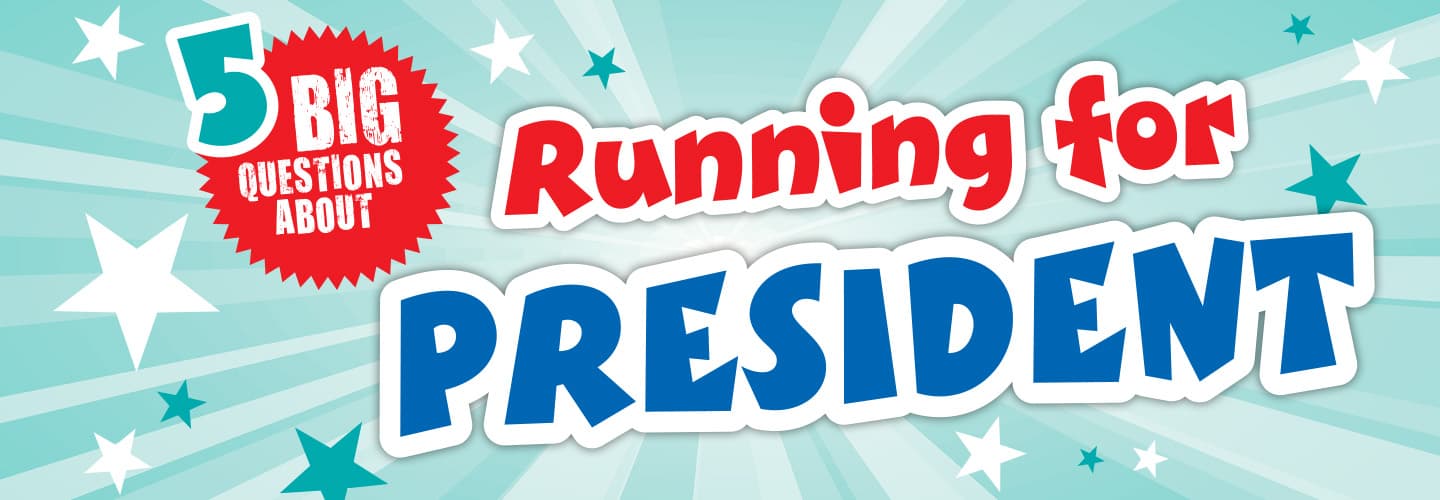By voting! But everyone won’t be voting on the same day. Each state and Washington, D.C., will hold separate voting contests over the next few months.* There are two types:
PRIMARY: This is similar to the national election. Voters cast secret ballots by mail or at a polling place, such as a school.
CAUCUS: People meet in groups to talk about the candidates and then vote for their top choices.
The first caucuses and primary will be held this month. By the end of May, one candidate usually gains enough votes to become their party’s final nominee. However, anything can happen in the coming months. Follow the race to the White House with Scholastic News!
*The U.S. territories of American Samoa, Guam, the Northern Mariana Islands, Puerto Rico, and the Virgin Islands also hold either primaries or caucuses.

